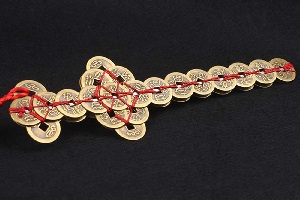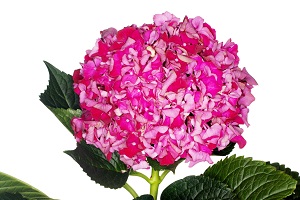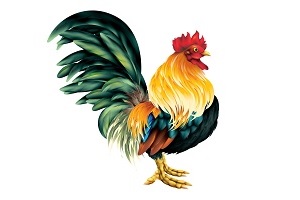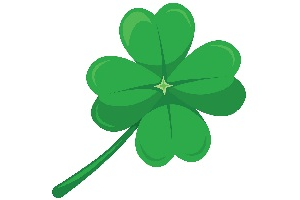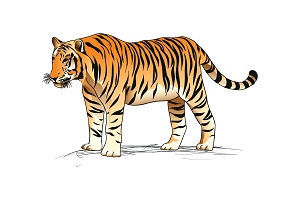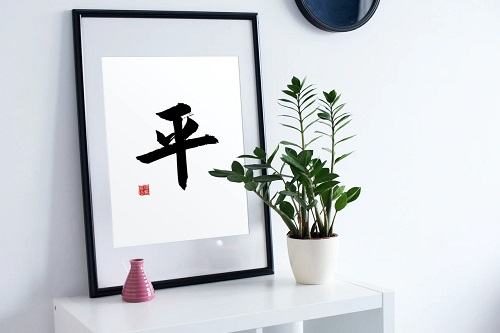The heron is a lanky bird that is probably best known for being mistaken for a crane.
For those who loves Animal Planet, the heron might be better known for it’s mighty long beak which it uses to spear fishes half it’s size and swallow them whole. There’s even some disturbing footage of this predatory bird online of it swallowing live ducklings whole.
So the heron is not exactly a bird that has enjoyed good PR in modern times. However, it does carry strong ancient symbolism on it’s own.
So much so that it is referenced, usually with rivers and lakes, in various poems coined by famous scholars, especially during the Tang dynasty era.
Unlike the crane which is strongly associated with longevity, herons are linked to path.
This is because the Chinese name is pronounced cang lu (蒼鷺). With lu being a homonym of lu (路) which translates to path. The word path is also strongly associated with the word Dao (道) which is synonymous with the teaching of Lao Tzu (老子), the founding father of Taoism.
This is why when it comes to symbolism, it is important to be able to tell the difference between the crane and heron.
Lu (鷺) can also be a pun for lu (錄) which mean an officer’s salary.
At this point it is worth noting that the mandarin word for heron (鷺) is the same as the egret. So these 2 birds are often mentioned interchangeably in poetry and art.
It goes without saying that in most Chinese artworks accompanied by poetic calligraphy, when the heron is mentioned in the words, then a heron-looking bird in the artwork would most probably be what it is implied to be.
But if there is no mention of what type of bird is the topic of discussion, then a leggy bird with no unique identifying features is most often a crane instead of a heron or egret.
Herons also have longer necks and beaks compared to cranes. But the most distinctive feature that tells them apart is that the former is usually depicted with a curved neck that is S-shaped just like it’s natural form. This is especially unique when birds are depicted in flight.

When flying, cranes have straight necks while herons have “S” curved necks.
The crane is also usually depicted with white feathers, while a bird with colored feathers such as blue is most probably a blue heron.
Paintings of herons are often accompanied by other creatures of objects of symbolism.
But a particular painting that the herons is more known for is when it’s painted together with the lotus plant. This configuration represents a road (path) that leads upwards towards success, progress and achievements. The expression is often used in Confucian reading material.
When presented in a quintet together with the crane, mandarin duck, phoenix, and wagtail, they symbolize the 5 types of relationships found between people.
It can sometimes also be associated with longevity and government officials. An egret with a fish means a civil servant’s abundant salary.
During the Qing dynasty, this bird is also found in the insignia of ranking officials. It can be identified with a flushed head with one or two distinctive feathers.


